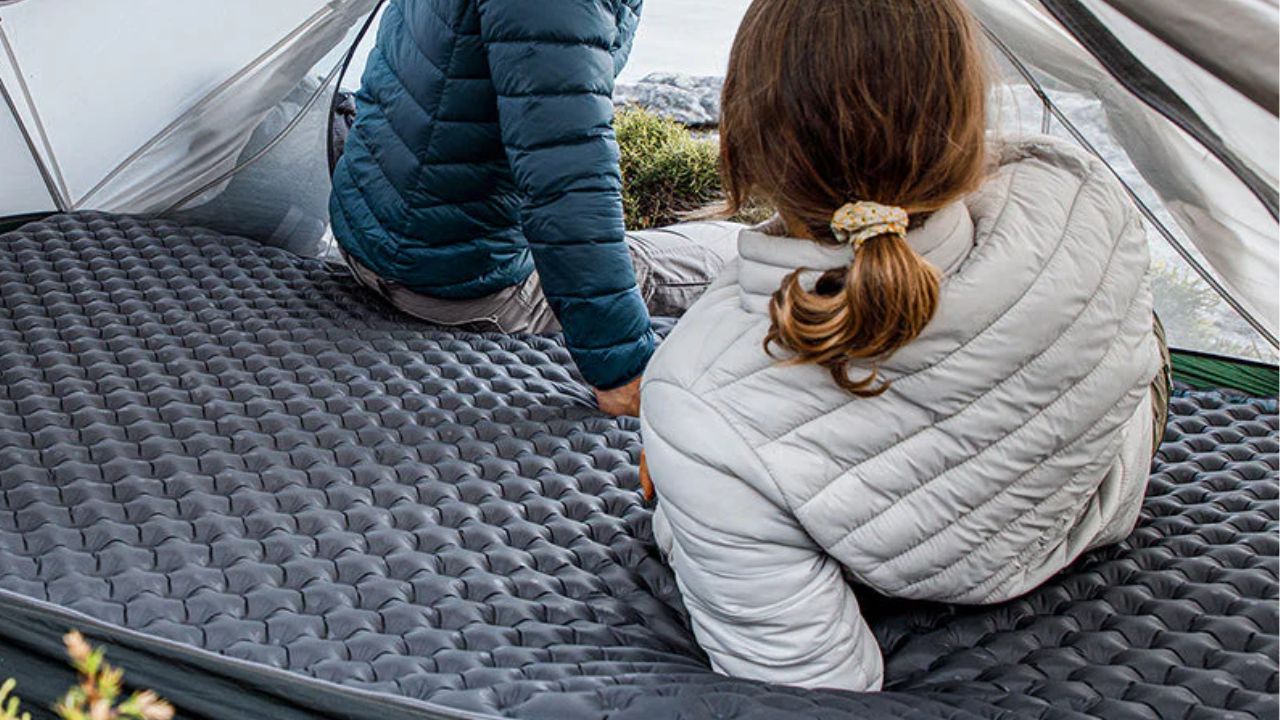In the world of outdoors and camping, the advancement in equipment has reinforced the features of backpacking, resulting in ultimate comfort. One of the notable accessories that determine a camper’s experience is a sleeping pad. These pads offer protection in the form of insulation.
The weight and size of the sleeping pad in recent years have become more important parameters that affect any outdoor activity increasing the demand for lighter and more compact equipment. Brands like Light tour offer variable options that add worth to your outdoor experiences.
To help you in the best way, we, however, have brought you an exclusive article. This discusses weight and packed size and their impact and application on present-day sleeping pads.
The Importance of Weight of the Sleeping Pads
Alleviating Physical Strain
The weight of a sleeping pad is an important factor for campers who tend to carry everything they need in their backpacks. Less weight of a sleeping pad can be beneficial as it reduces tiredness and body fatigue during long hikes. A lighter load also helps the outdoor lovers to traverse longer distances in the mountains with less strain.
Enhancing Mobility
Less weight of sleeping pads results in high mobility. A lightweight pad will make it easier for hikers to maneuver, especially on steep inclines and constraints with less desirable surfaces. This added mobility also enables them to find more exciting and diverse ways and routes, contributing to the overall gain in outdoor trips. Moreover, ultra-light sleeping pads are quite beneficial to fastpacking or thru-hikers who want to have more ground coverage in the shortest span of time.
Increasing Safety
Reduced weight of the pad also tends to affect safety in some ways. This diminishes the chances of fatigue that poses high risks of slips, fall and muscle strains among travelers especially when they have to do climbing with a heavy pack weight. Since lighter sleeping pads bring about a reduced pack weight, campers will be safe with less chances of sustaining an injury.
Why Packed-Size Sleeping Pads Essential To Consider?
Efficient Use of Space
The packed-size of a sleeping pad means how small it gets once it is rolled up and deflated. This is especially important for those backpackers who are carrying constrained pack space and volume. Appropriate packed-size also allows for a more organized and accessible backpack. This space-saving functionality is useful especially when one is out for a multiple day trip where every available inch of space in the pack is crucial.
Ease of Transportation
The smaller packed-size of the sleeping pad adds to portability. Besides, a compact pad is easy to carry in a backpack or when tied to the back of a car. This ease of transportation, however, is applicable to other forms of outdoor adventure such as cycling, paddling, and others which require portaging with limited storage space available..
Quick and Easy Setup
Most sleeping pads, which are now available in the market have a smaller packed-size and usually have faster and easier to follow set up processes. This speeds up the process and is greatly beneficial, particularly in bad weather when it is very important to keep away from water. Moreover, a pad that is easy to pack in a small volume is easier to unpack as well as repack when breaking camp in the morning.
Conclusion
Weight and packed-size remain significant factors shaping the effectiveness, safety, and fun of outdoor activities in sleeping pads today. New generation sleeping pads respond to the needs of travelers, focusing on the lightweight and compact sleeping gear. This way, manufacturers assist adventurers in making pads which are comfortable, utilize less space, and improve outdoor experiences.
